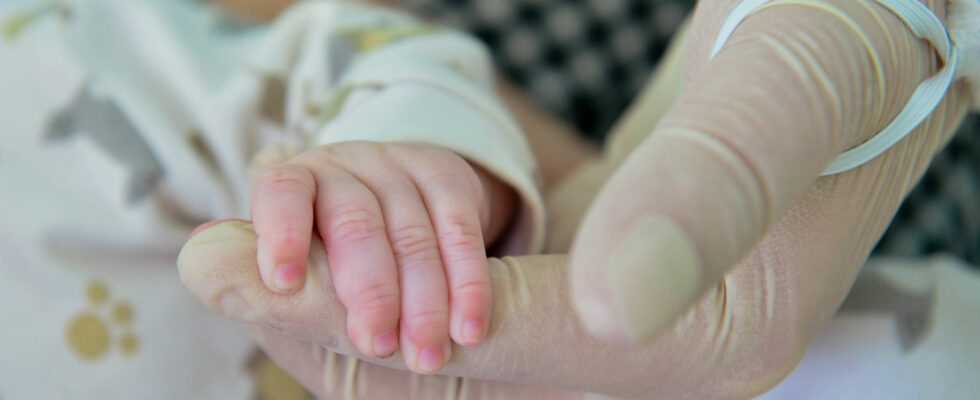After five years of investigation, a report on the practices of the public hospital center of Shrewsbury and Telford claims that 201 babies could have lived if they had received better care in the establishments concerned.
A stubborn refusal of caesareans, a lack of adequate care and the result of the deaths of more than 200 babies which could have been avoided over two decades: the scale of the scandal striking English maternity hospitals led the British government to apologize on Wednesday. After five years of investigation, the report on the practices of the public hospital center of Shrewsbury and Telford, which manages several maternities in this rural region of the west of England, draws damning conclusions.
He claims that 201 babies could have lived if they had received better care in the establishments concerned. Nine mothers also lost their lives due to abuse while others were forced to give birth naturally when they should have been offered a Caesarean section. “I am sorry for all the families who have suffered seriously,” British Health Minister Sajid Javid reacted to MPs. The report, he acknowledged, “shows clearly that you were not treated properly by a service that was there to help you and your loved ones give birth.”
The 250-page report notably notes cases of newborns with skull fractures, broken bones and brain problems after being deprived of oxygen at the time of birth. “Significant or major” shortcomings were also observed in a quarter of the 498 cases of stillborn babies studied. In 40% of cases, no internal hospital investigation was carried out.
The hospital “failed to investigate (the incidents), to learn (from its mistakes), to improve,” said Donna Ockenden, who led the investigation, at a press conference. At the origin of the complaints, Richard Stanton and Rhiannon Davies, whose daughter Kate died a few hours after her birth in 2009. According to the report, Mrs Davies had not been put under observation at the time of her delivery even though several signs indicated that the unborn baby was not completely healthy.
Kayleigh Griffith, whose daughter Pippa died the day after she was born in 2016 when carers were told of worrying symptoms, said the hospital’s failings were “a disgrace”.
“It’s really important that maternity services across the country read this report and hear what families have been through,” she told British media.
Anti-caesarean section policy
Commissioned in 2017 and published on Wednesday morning, the report looked at 1,592 incidents reported mostly between 2000 and 2019, involving 1,486 families who visited the hospital group.
MP Jeremy Hunt, who commissioned him to initially look into 23 cases of alleged misconduct, said the findings of the inquiry were “worse” than he could have imagined.
According to the report, the hospital group, whose director Louise Barnett has apologized, was pushing natural births to keep its rate of caesareans as low as possible, resorting to them only on too rare occasions.
“When we were worried, for example about a baby’s heartbeat, they tried again and again (to avoid the cesarean section) until the baby was very bad (…) because they said that they wanted to keep the caesarean section rate low,” an employee testified in the report.
The rate of cesarean sections performed in the last twenty years in the hospital was systematically between 8 and 12 points below the English average, which the hospital welcomed.
“The group was convinced that its maternity service was good. They were wrong,” asserted Ms. Ockenden.
According to data from the National Health Service (NHS, the British health system), one in four births is performed by Caesarean section in the United Kingdom.
It took until 2017 for the midwives’ union to end its campaign encouraging ‘natural births’ without caesareans or even epidurals, and earlier this year for the NHS to ask hospitals to stop using the rate cesareans as an indicator of their performance.
